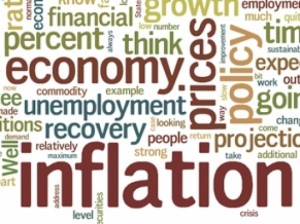Mortgage Rates Dip To New Record Lows *
Minneapolis, MN. Freddie Mac today released the results of its Primary Mortgage Market Survey® (PMMS®), showing fixed mortgage rates dipping to new all-time record lows amid indicators of higher consumer confidence and lower wholesale prices.  The previous record low for the 30-year fixed was set the week of October 4, when it averaged 3.36 percent, and the 15-year fixed was set the week of October 18, when it averaged 2.66 percent.
The previous record low for the 30-year fixed was set the week of October 4, when it averaged 3.36 percent, and the 15-year fixed was set the week of October 18, when it averaged 2.66 percent.
News Facts
- 30-year fixed-rate mortgages (FRM) averaged 3.34 percent with an average 0.7 point for the week ending November 15, 2012, down from last week when it averaged 3.40 percent. Last year at this time, the 30-year FRM averaged 4.00 percent.
- 15-year mortgages this week averaged 2.65 percent with an average 0.7 point, down from last week when it averaged 2.69 percent. A year ago at this time, the 15-year FRM averaged 3.31 percent.
- 5-year adjustable (ARM) Mortgages (ARM) averaged 2.74 percent this week with an average 0.6 point, up from last week when it averaged 2.73 percent. A year ago, the 5-year ARM averaged 2.97 percent.
Quotes
Attributed to Frank Nothaft, vice president and chief economist, Freddie Mac.
“Fixed mortgage rates eased this week to record lows on indicators of higher consumer confidence and lower wholesale prices. Consumer sentiment rose in November to the highest reading since July 2007 according to the University of Michigan. Meanwhile, the core producer price index fell 0.2 percent in October.”
Freddie Mac’s survey is the average of loans bought from lenders * last week, including discount points. Applicants must pay all closing costs at these rates. No cost loan rates higher.
Follow this link to view today’s best MN and WI mortgage interest rates.




